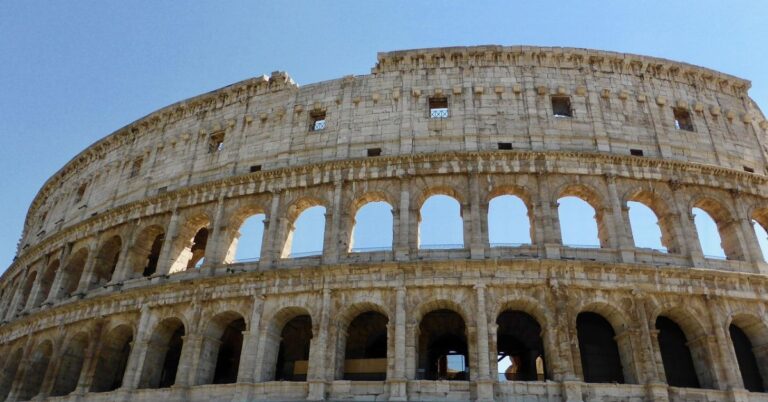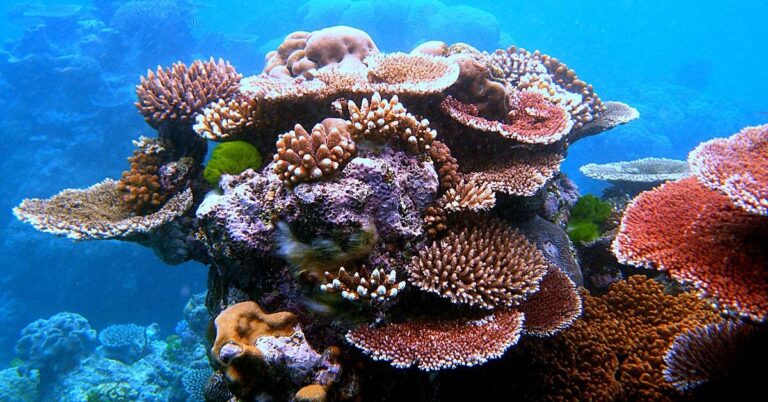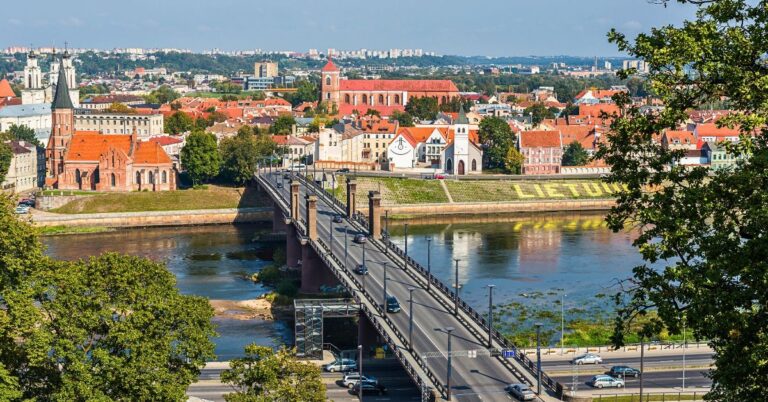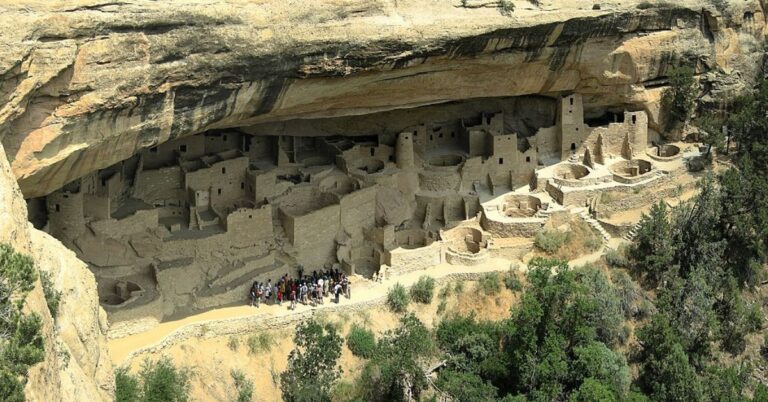15 Breathtaking Swiss Train Journeys You Can’t Miss

Switzerland is one of the few places on Earth where geography feels like pure magic. Its scenic railways weave through towering mountains, serene valleys, and crystal-clear lakes—delivering beautiful views with every mile. These 15 train journeys capture the very best of Swiss beauty. Ready to ride? Let the adventure begin!
Glacier Express
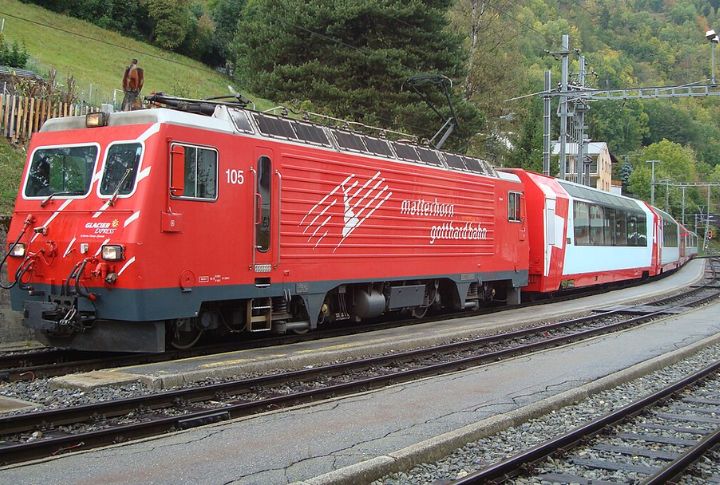
Popularly called the “slowest express train in the world,” this legendary route stretches between Zermatt and St. Moritz. It crosses 291 bridges, 91 tunnels, and climbs the 2,044-meter Oberalp Pass. Panoramic cars reveal deep valleys and the iconic Landwasser Viaduct. Meals are served at your seat on white-linen tablecloths.
Bernina Express
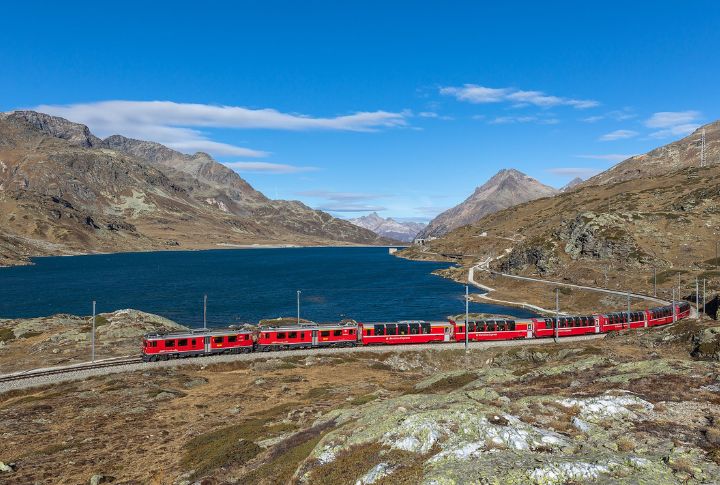
Few trains reach such heights without rack-and-pinion help—this one tops at 2,253 meters at Bernina Pass. It runs between Chur and Tirano through the UNESCO-listed Albula and Bernina lines. Passengers spiral down the famed Brusio Viaduct and past shimmering alpine lakes. The journey takes about four hours, covering 196 bridges.
GoldenPass Line
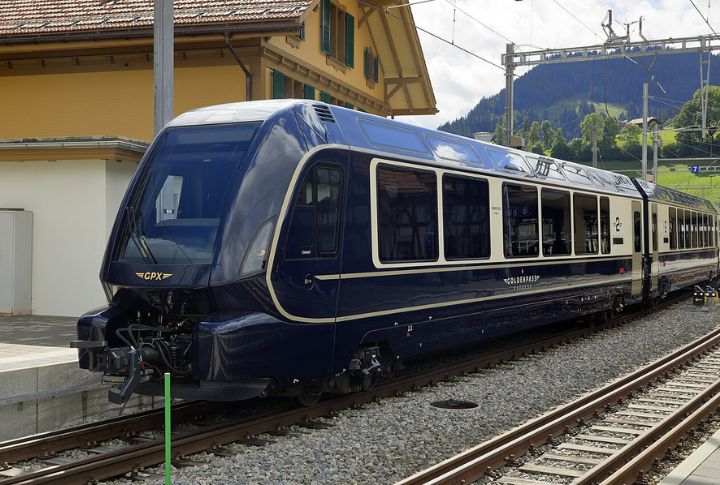
This three-stage journey links Lucerne with Montreux, weaving through central Switzerland into the Lake Geneva region. Along the way, it tackles the Brunig Pass and glides past chalet villages and vineyards. Train types vary by segment, offering classic Belle Epoque carriages or modern panoramic coaches. Prestige Class even features rotating leather seats.
Gotthard Panorama Express
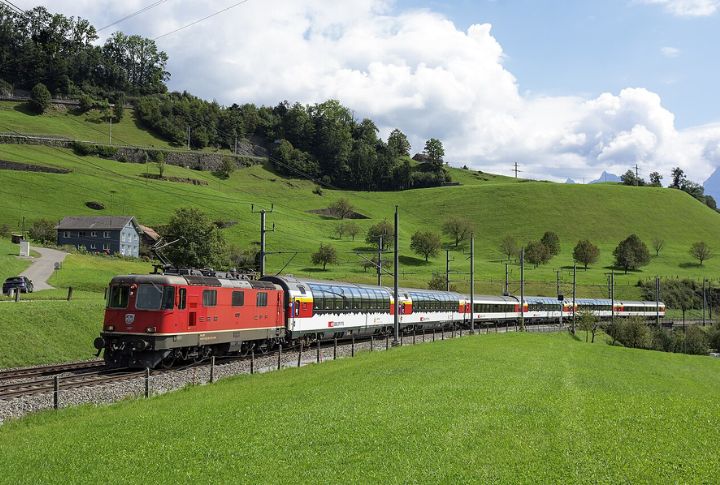
Start with a historic steamboat cruise across Lake Lucerne before boarding this scenic rail route in Fluelen. The train climbs through the original Gotthard tunnel system, featuring spiral loops and cliff-hugging tracks. Narration in multiple languages explains sights like the Church of Wassen. This route honors the 19th-century engineering that shaped Switzerland’s heart.
Voralpen Express
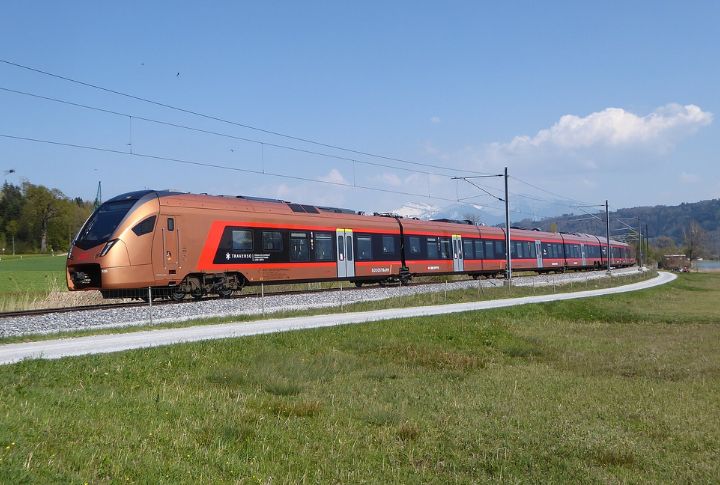
Don’t overlook this local favorite, which runs between Lucerne and St. Gallen across pre-alpine terrains. It includes Switzerland’s tallest railway bridge—the 99-meter-high Sitter Viaduct. Additionally, the route passes Lake Zurich and offers uninterrupted views of the Santis massif. Less crowded than tourist routes, it still delivers a visual feast.
Luzern–Interlaken Express
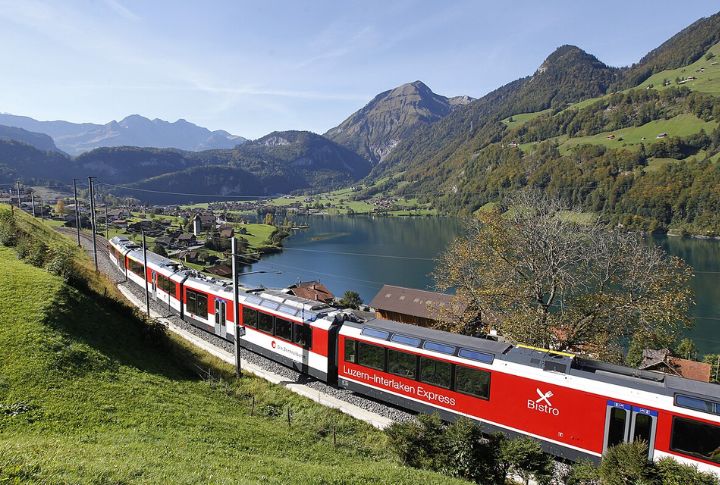
This Interlaken-bound train begins beside Lake Lucerne and then climbs into highland terrain via the Brunig Pass. It’s the only narrow-gauge line connecting Central Switzerland with the Bernese Oberland. Along the way, passengers glimpse turquoise lakes and snowy peaks. The segment between Meiringen and Brienz hugs the shoreline of Lake Brienz beautifully.
Arosa Line
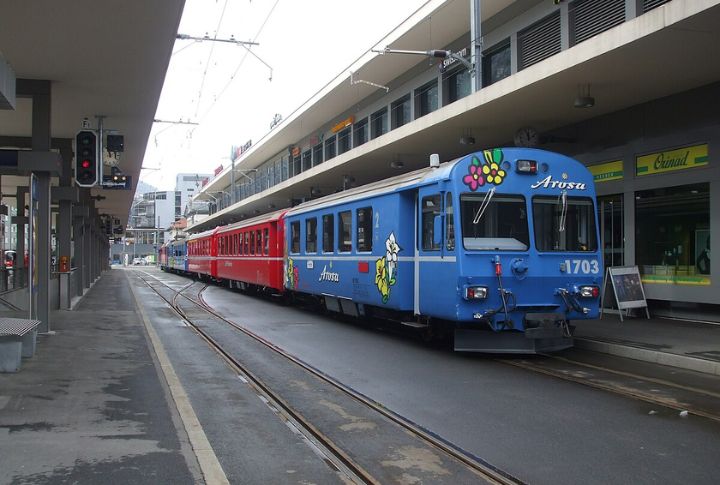
Departing from Chur, the oldest city in Switzerland, this narrow-gauge train reaches the mountain resort of Arosa in just over an hour. From there, it travels directly through city streets before winding into deep alpine forests. The Langwieser Viaduct—a 284-meter-long engineering marvel—is a highlight. The final climb to 1,739 meters is steep and scenic.
Lotschberg RegioExpress
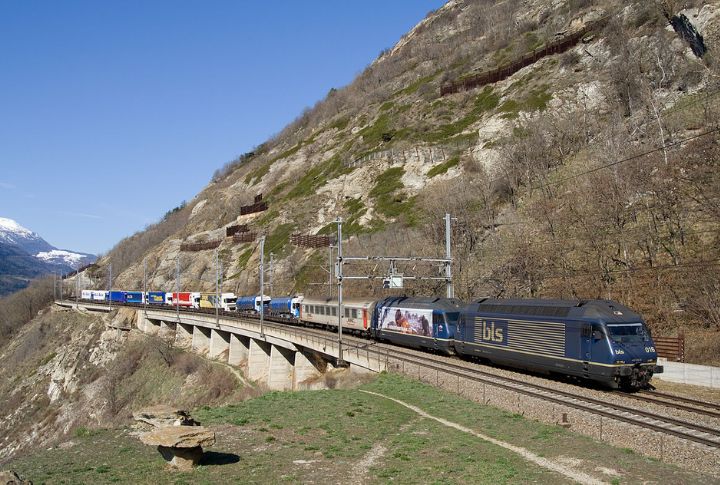
This route cuts through the Bernese Alps between Bern and Brig, showcasing steep inclines and bold viaducts. Unlike the newer Lotschberg Base Tunnel, it uses the original mountain line, granting dramatic views. Landmarks like the Kander Viaduct and spiral tunnels near Blausee-Mitholz offer thrilling vantage points. It’s especially striking in winter when snow blankets the valleys.
Gornergrat Railway
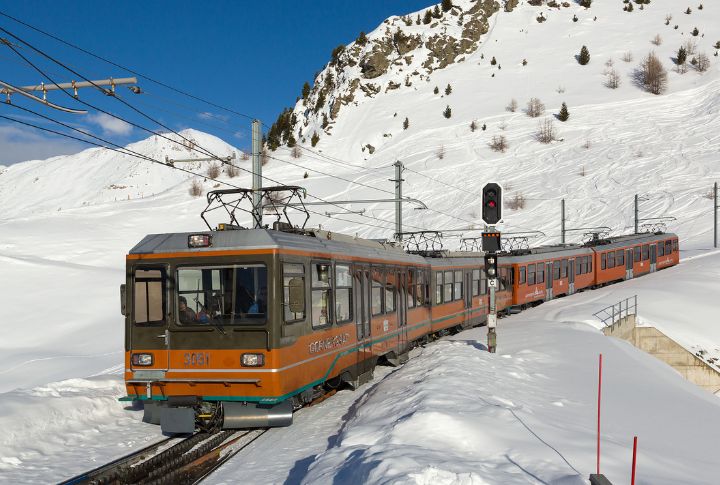
Europe’s highest open-air cogwheel train climbs from Zermatt to 3,089 meters in just 33 minutes. The Matterhorn dominates the skyline for most of the ascent. Photographers flock to the summit platform for sweeping views of 29 peaks over 4,000 meters. Trains operate year-round, and each car features large windows perfect for glacier-spotting.
Rhatische Bahn Albula Line
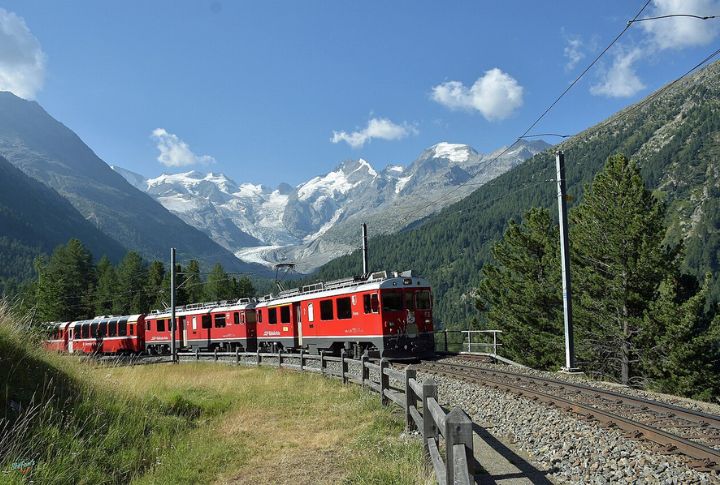
Rhatische Bahn is one of two rail lines designated a UNESCO World Heritage Site. Running between Thusis and St. Moritz, this historic line is a masterpiece of alpine rail engineering. It winds through six spirals and numerous tunnels, including the famed Landwasser Viaduct. Features like deep gorges and dramatic rock faces surround this terrain.
Pre-Alpine Express (Rapperswil–Lucerne)

This shorter route offers striking contrasts—rolling green pastures and views of Lake Zug. Beginning in the medieval town of Rapperswil, the train crosses the Seedamm causeway before heading south. Despite its regional status, it features large windows and light passenger loads. Views of Mount Rigi and Pilatus add alpine drama to the ride.
Engadin Line
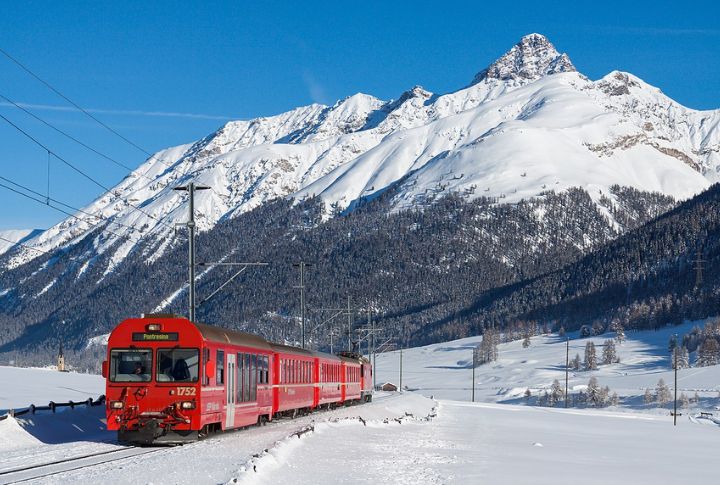
Connecting Pontresina and Scuol-Tarasp, the Engadin Line runs through the scenic Lower Engadin Valley. Travelers are treated to untouched alpine villages, the wild Inn River, and castle ruins dotting rugged hills. Its 66-kilometer stretch offers peaceful, high-altitude beauty without crowds. The station at Guarda is a gateway to one of Switzerland’s prettiest historic hamlets.
Mont-Blanc Express
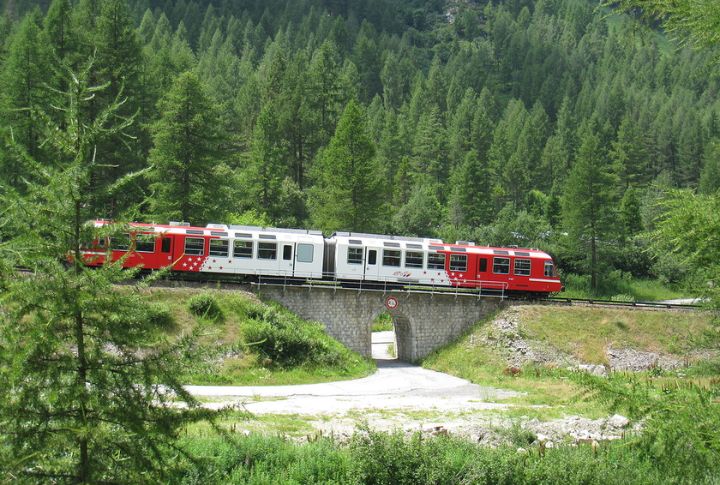
Mont-Blanc Express is a narrow-gauge train that climbs steeply toward the French border from Martigny, ending in Chamonix. It cuts through vertical cliffs and dense forests along the Trient Gorge. At Le Chatelard, the train begins one of Europe’s steepest rack sections. The views of Mont Blanc—especially at dusk—are worth the trip alone.
Centovalli Railway
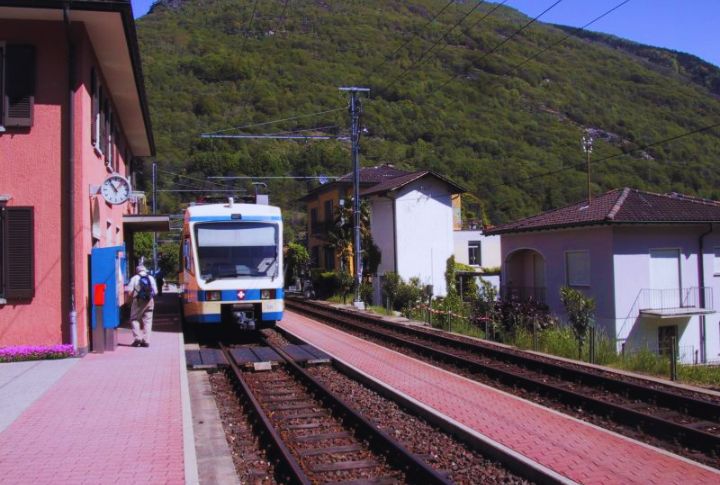
Also called the “Hundred Valleys,” the Centovalli Railway train connects Locarno in Switzerland with Domodossola in Italy, passing waterfalls and deep ravines. Wooden bridges and stone villages flash by on this twisting, narrow-gauge line. Opened in 1923, it remains a beloved cross-border link, and sections near Intragna offer dramatic views of Switzerland’s highest railway bridge at 82 meters.
RegioExpress Lavaux
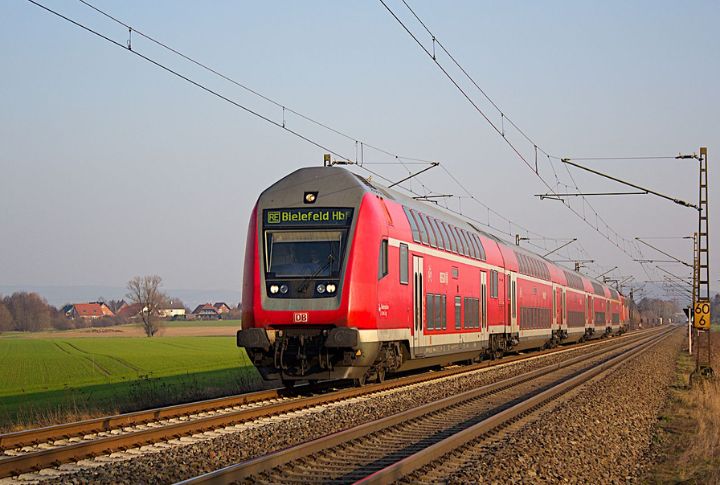
RegioExpress Lavaux glides between Lausanne and Palezieux, offering a front-row seat to the terraced Lavaux vineyards—a UNESCO World Heritage landform. It skirts Lake Geneva with expansive views of the Alps across the water. Best experienced in late summer or fall, when grape harvests transform the hillsides into golden tiers. Trains run hourly, even on weekends.

